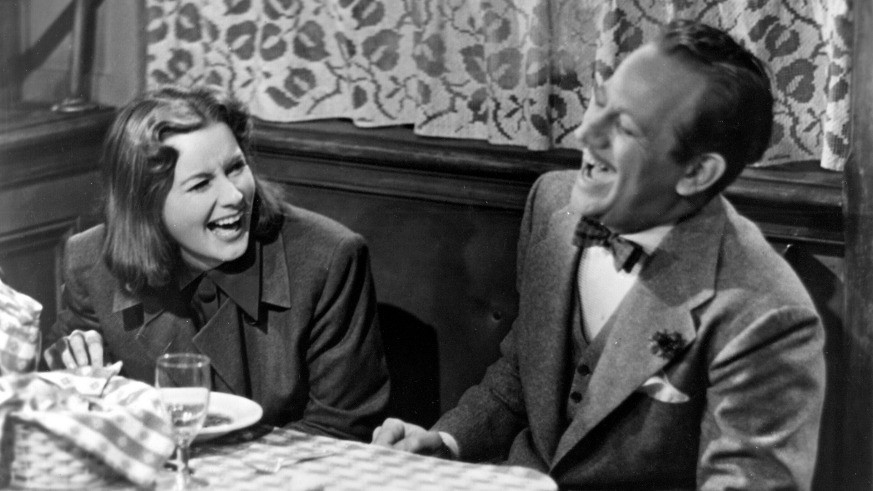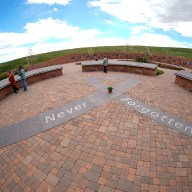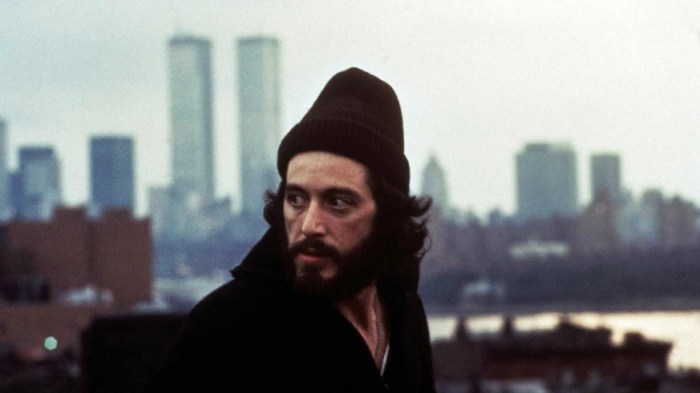‘The Lubitsch Touch’
June 2 through 15 at Film Forum
What on earth is “the Lubitsch Touch”? We all have our theories. Originally it was nothing more than a marketing ploy, hatched by Hollywood execs hoping to turn one of their prized directors, the German expat Ernst Lubitsch, into a household name. It worked. Then it took on a life of its own.
Since then no two fans have agreed on a definition. Biographer Scott Eyman claims it was his ability, in classics like “Trouble in Paradise” and “The Shop Around the Corner,” to create a world of his own — a wittier, more fashionable realm, divorced from reality. Billy Wilder, who co-wrote his Garbo-talks riot “Ninotchka,” argued it was way of following one joke with an even better one. Our take? His ability to see-saw from silliness to elegance, from joy to melancholy, and never make viewers feel the whiplash.
You can hash out your own answer while plowing through “The Lubitsch Touch,” Film Forum’s two-week ode to one of Hollywood’s most accomplished entertainers. There’s no single type of Lubitsch film. There’s the historical dramas and romances and comedies of his long (and often lost) silent period. There’s his early sound films, some of them musicals. Lubitsch didn’t recoil from the new technology. While his colleagues were still fumbling with where to put the mics, he jumped right in, like a kid with a new set of toys. The musicals he made with Jeanette MacDonald and, usually, Maurice Chevalier are as formally thrilling as any from the era — creative both in style and content. His first musical, “The Love Parade,” features a number where dogs sing the chorus.
The best-known Lubitsches remain the ones without song or dance, though don’t skip the biggies for the rarities. He was always playing around, always pushing the boundaries of what studio cinema could do. During the saucy Pre-Code days, he went all in. “Design for Living” is the only rom-com we can think of that ends with the girl (the invaluable Miriam Hopkins) choosing both her suitors (Frederic March and Gary Cooper).
Once Hollywood clamped down on content, he was still daring. With “To Be Or Not To Be,” one of the surest and lightest hands in movies made a charming and hilarious assault on the Nazis — and in 1942, years before the war would end. (Perhaps only Lubitsch, and star Jack Benny, could turn the line, “So, they call me ‘Concentration Camp Earhardt?’” into a gut-busting, not offensive, running gag.)
A final note that brings us back to Cooper: He was a far more versatile performer than his square-jawed mien would suggest; every director has his specific brand of Coop. Lubitsch liked to cast way against type, then watch the fireworks. He’s not the first, or even the last, star you’d cast to spout Noel Coward-speak, though technically, in “Design for Living,” he didn’t; screenwriter Ben Hecht famously rewrote the whole thing. But Lubitsch uses his stiffness for laughs, awakening his inner goofball. Insane it may sound, but Cooper’s even better in the underrated, Wilder-co-written “Bluebeard’s Eighth Wife,” a semi-chaotic comedy of literal remarriage, where his wealthy buffoon comes off like a man-child driven slightly mad by his riches (and then Claudette Colbert).
“Bluebeard” shows off a side of Cooper you may have never seen before. Film Forum’s series does the same for its director. Hopefully you’ll leave the series with your theory on what defines “the Lubitsch touch.” But no matter your answer, you’re not wrong.
“The Lubitsch Touch” runs from June 2 through June 15 at Film Forum, 209 W. Houston St. in New York City. Visit the site for showtimes and tickets.
Follow Matt Prigge on Twitter @mattprigge















